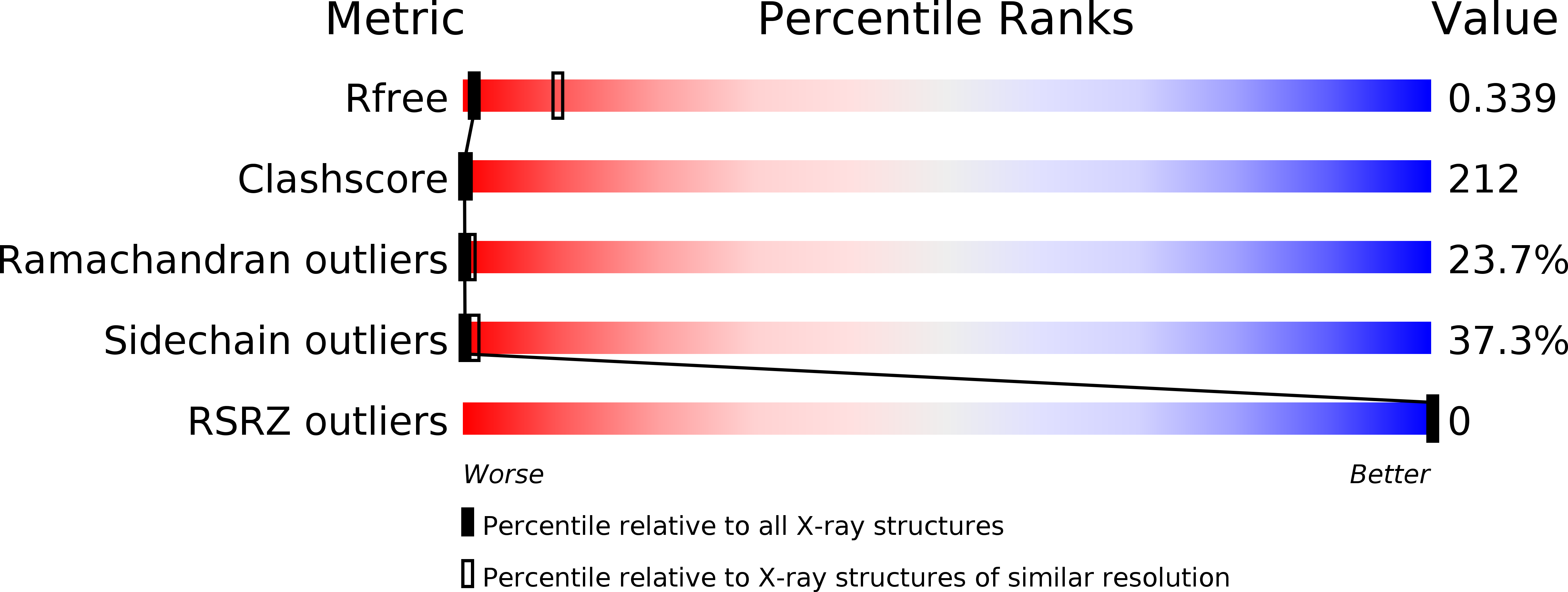
Deposition Date
2011-11-22
Release Date
2011-12-07
Last Version Date
2024-11-06
Method Details:
Experimental Method:
Resolution:
3.50 Å
R-Value Free:
0.34
R-Value Work:
0.30
R-Value Observed:
0.30
Space Group:
P 41 21 2


